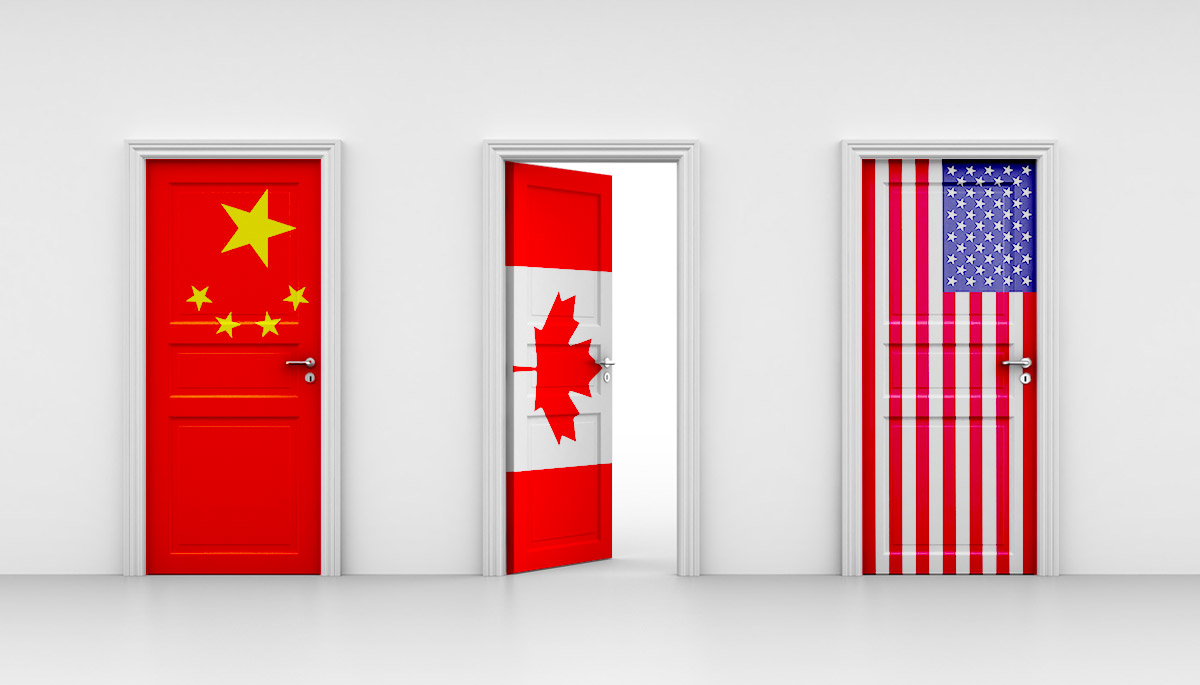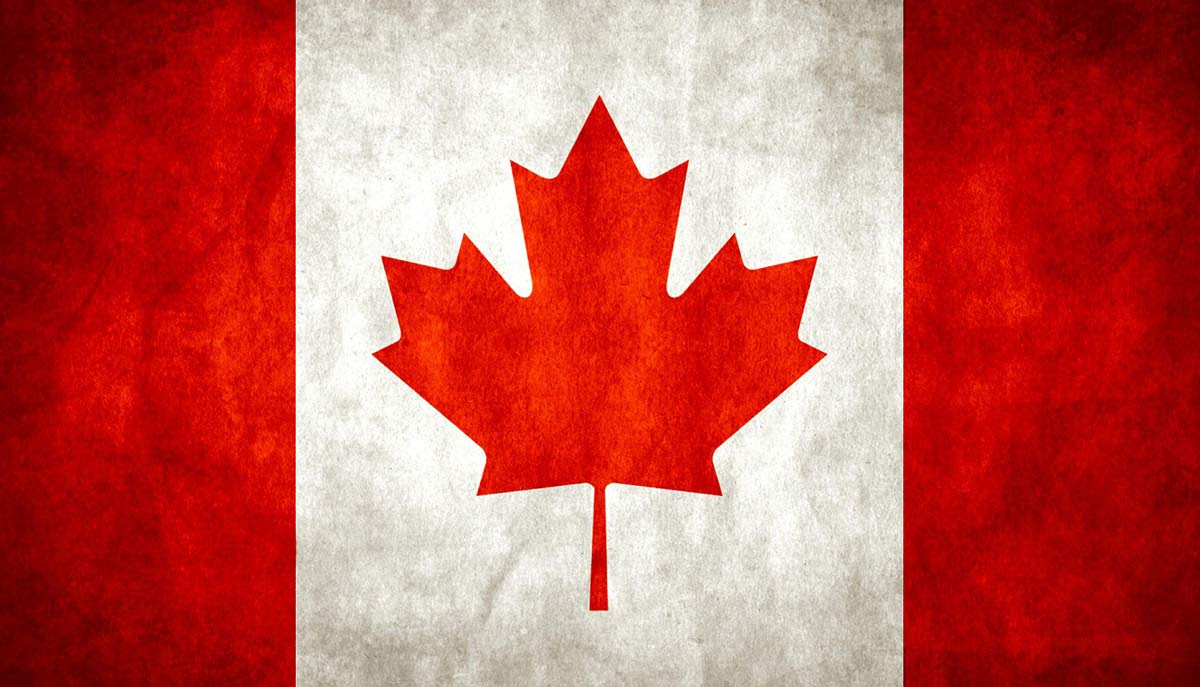
Canada a Possible eCommerce Strategy in light of US-China Tariffs
In the world of eCommerce, retailers are always looking for ways to cut down on costs and improve their fulfillment operations. To stay ahead, they must adapt to both macro and micro shifts within the industry. With the ongoing US-China trade war and tariffs enacted from both sides, this means thinking creatively to avoid taking major hits to your bottom line.
In 2018 after an investigation into Chinese trade policies, the Trump administration imposed three rounds of tariffs up to 25% for more than $250 billion Chinese goods. China retaliated with similar tariffs on approximately $11 billion worth of US goods. (1) In theory, these moves should lead to less expensive US goods, and less of a reliance on foreign goods. Yet, the trade war is still ongoing with no compromise on the horizon. Both sides have threatened even higher tariffs if a deal is not reached quickly, which means more uncertainty for US eCommerce vendors. So how can US retailers cut down on costs with so much up in the air due to the tariffs?
Possible Solutions
No retailer wants to pay an extra 25 points on their goods, yet these tariffs hit small to midsize shops the hardest. While larger enterprise retailers will still see large impacts, the tariffs could be life or death for their smaller counterparts. Thus, retailers are forced to think differently on how to keep costs low and prices steady to consumers.
Some retailers are looking to source product from other countries than China. Typically looking in Southeast Asia, Vietnam or Cambodia, these markets have favorable trade terms and low-cost labor. While on the surface this appears to be a less expensive process, many countries outside of China lack the infrastructure needed to support complex supply chains and large manufacturing orders. (2)
Is the Answer to the North?
What if instead of looking to Southeast Asia, the solution to this problem lies here in Canada? In 2016, the Obama administration passed a de minimis exemption raising the duty-free limit on goods traveling from Canada to the United States ranging from $200 to $800. (3)
These moves open up the Canadian market for eCommerce and have provided a unique solution to the US-China tariffs. Instead of taking major tax hits by importing directly from China to the US, retailers could look to Canada as an intermediary. By shipping to Canada first, retailers can secure much-needed tariff relief from China and duty-free shipping to the US. Further, by utilizing 3PLs with existing infrastructure in Canada, US retailers can reap the benefits without committing to major investments up front.
The Benefits of Duty-Free
Industries like rubber and textiles are in high demand and are heavily impacted by the China tariffs. Direct incoming goods coming to the US could be taxed at 25% while going through Canada might be closer to 18%. Shaving off seven points and incurring duty-free savings could aid in keeping retailers’ margins intact and product prices steady.
There may be incremental costs with these changes in the supply chain; however, by either utilizing duty drawback programs (DDP) or custom bonded warehouses (CBW), companies can fulfill their orders without making drastic investments or changes to their current operations. With these programs, retailers can store goods without immediate payment of duty. This helps to reduce loss, mismanagement of import items and offer much needed duty relief to companies hurting from increased tariffs.
The Future is Still Uncertain
Looking ahead, there is still much uncertainty around the tariff situation. President Trump has recently announced an additional 10% tariff on $300 billion in Chinese imports starting next month, with an anticipated retaliation from China on the horizon. While shipping through Canada may give retailers a competitive advantage, US instability could lead to drastic changes in eCommerce strategy at any given time.
The key is for US retailers to be flexible in their approach and not be too rigid in their operations. There is much gray area around the future, including possible resolution of the US-China tariffs. Retailers should continue to look for viable alternatives and creative solutions to keep their margins intact despite the tariffs. However, with the lack of transparency down the road, heavy investments into severe changes to their supply chain would be premature at this time. Leveraging existing resources of 3PLs is a great way to test new opportunities without taking on the risk of significant infrastructure investments.
Are you interested in learning more about Canadian-based eCommerce operations? Send us a note!
